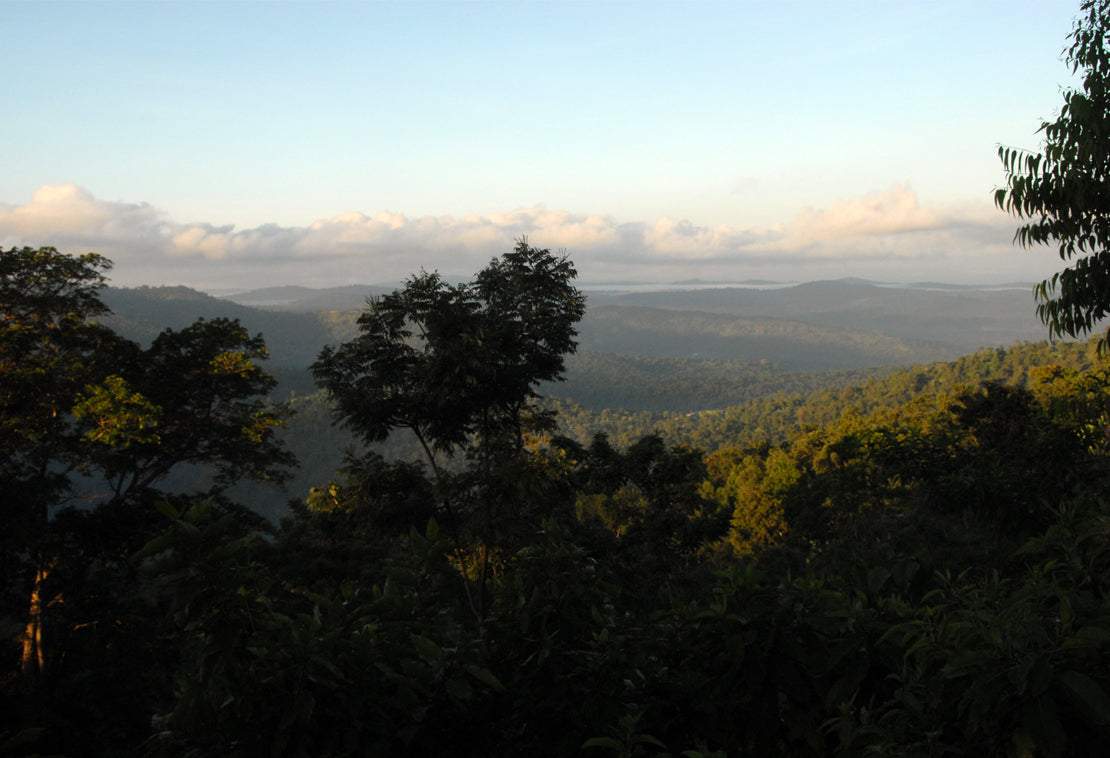

Ethiopia
Ethiopia is the birthplace of Arabica coffee, and Ethiopians have been drinking coffee longer than anyone else. Coffee is the national drink, with over 50% of the country’s production internally consumed. Wild coffee trees still grow below the canopy of forests in southern and southwestern Ethiopia. The coffee trees’ natural diversity makes them a unique repository for selection and breeding around the world. Around 25% of the Ethiopian population is involved with coffee production, which represents over 50% of Ethiopia’s gross domestic product (GDP).

Coffee is grown over a wide area, from the southwestern to the southern and eastern regions. By far the two most recognized of these are Harrar, to the east, and Sidamo, in the south. There could not be two more different coffees than those produced by these regions.
Harrar is a natural processed coffee and provides a preferred flavor profile of the Middle East: medium-bodied, acidic, winy, even “wild”, a euphemism for bearing the traces of vinegary fermented fruit. (I refer to Harrar as a rustic coffee, borrowing from modern wine terminology) This coffee is often “enhanced” in the Middle East with cardamom and other ingredients. Since production is limited and demand in Middle Eastern centers is great, prices for Harrar can be quite high.

On the other hand, Sidamo to the south specializes in washed coffee. These coffees are delicate and can attain a unique floral aroma. Within the region of Sidamo lies the valley-town of Yirgacheffe. It is the coffee from the slopes bordering this valley that Ethiopian coffee attains the fullest expression of terroir. No other coffee in the world has its perfumed, sweet, lemon-apricot aroma. It has been prized by coffee blenders since cultivation began after World War II.






